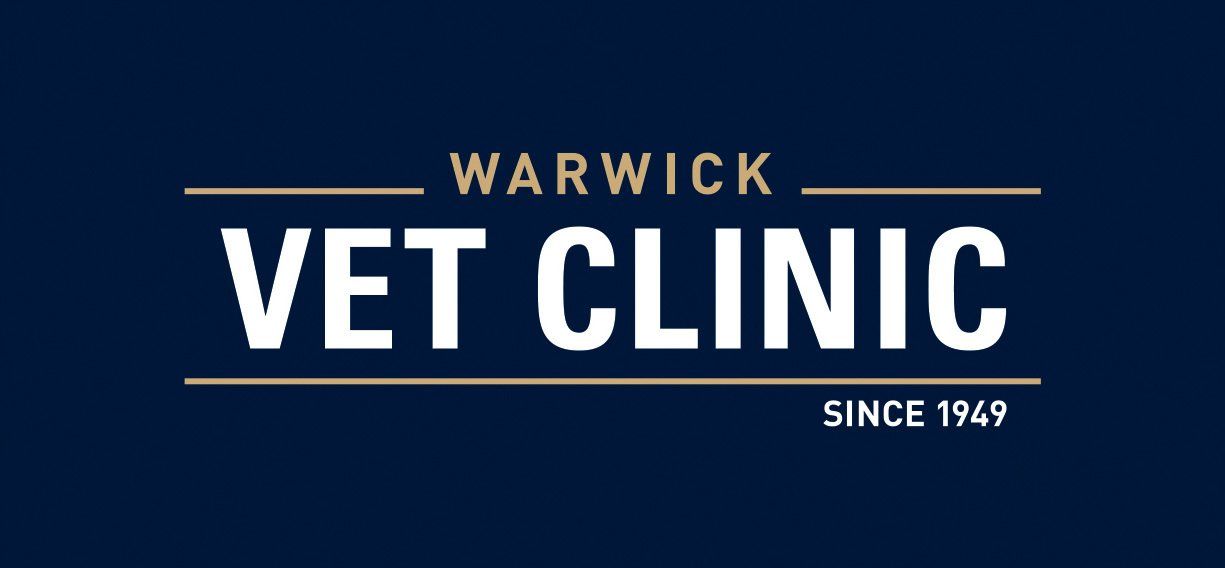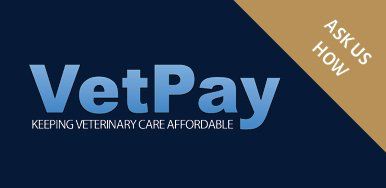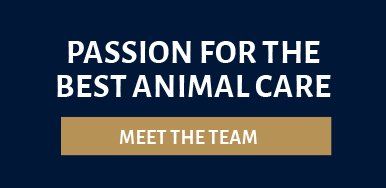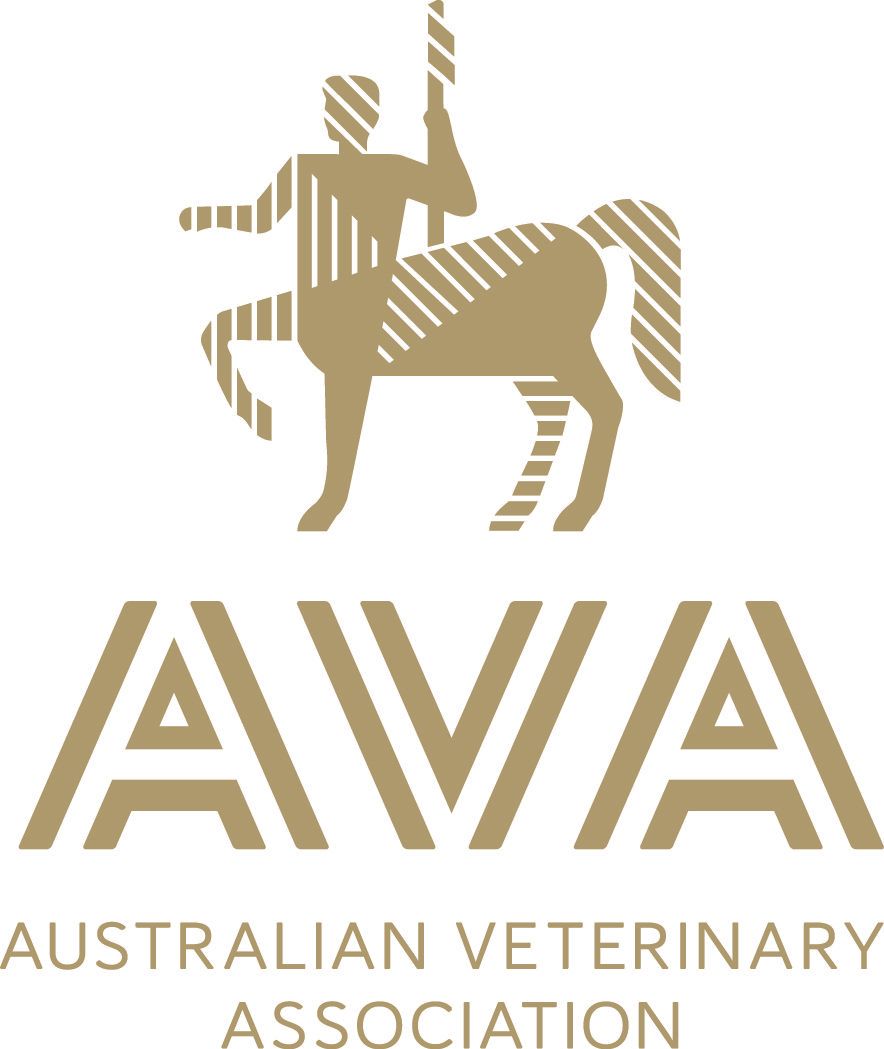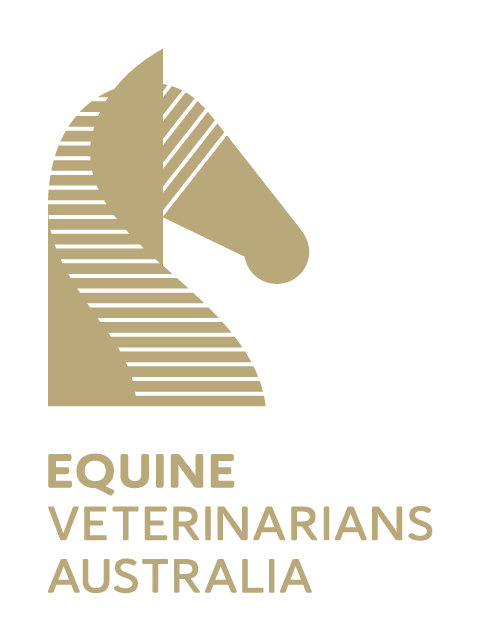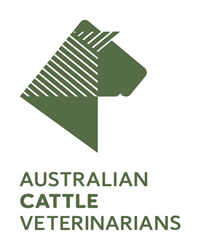BREEDING YOUR CATTLE
Our livestock reproduction specialists at the Warwick Vet Clinic have put together the below advice to help you manage the successful and safe reproduction of your cattle.
BULL SELECTION
A major objective in a cow-calf operation is to produce one calf from each cow annually. Since individual bulls service many females, a deficiency in the breeding ability of one bull has a larger impact on herd productivity than fertility problems in a single female.
Proper selection and management of the beef bull will increase the probability of a successful breeding season. A complete assessment of potential fertility includes an evaluation of structural soundness, reproductive organs, semen quality, libido, and nutritional status. Selection for increased scrotal circumference should increase inherent fertility in both male and female progeny.
All our clients’ bulls are assessed according to ACV guidelines and reported Electronically in bull reporter.
IN CALF ADVICE
Pregnancy testing in beef herds to determine future calving percentages is one of the most efficient and cost-effective ways of assisting farmers to work out next year’s farm budgets.
By estimating the number of replacers that growers will have next year, farmers can take some of the risk out of farm future returns and ensure their herd is in the best shape.
Reproductive diseases such as Vibrioses and Trichomoniasis as well as abortion causing diseases such as Leptospirosis and Neospora, can be detected quickly so that appropriate therapy can be introduced before large numbers of livestock are lost.
Pregnancy testing also accurately determines the age of each calf before birth, giving the farmer a very sensitive picture of the age variation of next season’s calf crop. Cattle tail tags can be used to identify pregnancy status of cows going to sale. Vendors can expect a premium price for cattle which have been tested and tagged in calf by a certified veterinarian.
Read More
Read Less
CALVINGS
Calving season is a busy time of year for cattlemen and it is a critical step toward a productive year. The first rule is frequent observation of the cows due to calve, especially the first calf heifers.
Adequate facilities make a great difference in providing assistance at calving and also address occupational health and safety issues.
Labour
- The first stage of labour is the cervical dilation period and usually takes 2–6 hours.
- The second stage of labour is when the head or feet of the calf enter the vagina and stimulates abdominal straining to expel the calf.
- The actual delivery should only require 30 minutes to 2 hours of this straining. If no foetal parts enter the vagina because of problems in positioning, the cow may not show active straining, but she will show uneasiness and signs of discomfort. The calf will usually live for 8 to 10 hours after the abdominal straining begins.
You will need to examine the cow if:
- She has been in first stage labor for 3–6 hours and doesn’t start actively straining.
- She has been in second stage labor for 1–2 hours with little progress.
- The water sac or membranes have been evident for 1–2 hours with little progress.
-
Examination Procedure
Confine and restrain the cow so she'll not get away and waste time. Be clean. Wash off the rectal-vaginal area as well as your hand and arm. Us an obstetrical lubricant, a mild soap or shortening as a lubricant. Keep the fingers close together so as not to puncture the reproductive tract. Enter the vagina and identify the cervix, or at least the extent of its dilation; then determine the presentation and posture of the calf, as well as its relative size.
-
Identify Presentation
The “presentation” refers to whether the calf is coming forwards or backwards. Both of these are normal presentations and a calf should not be turned around just because it is coming backward. If cervical dilation is relatively complete, the water bag may be broken if necessary in order to examine the calf. If the cervix is not well dilated, you are probably rushing the process and should allow some more time. If you need a quick anatomy lesson to determine whether you have a front or back leg, compare joint for joint up the calf's leg while looking at the cow’s legs.
-
Identify and Correct Posture
The “posture” refers to placement of the feet and head. In the frontward presentation, the normal posture is for both front feet and the head to be coming together in a “diving” position. In the backward presentation, the normal posture is for both hind feet to be coming together. Any deviations from this must be corrected before attempting to pull the calf.
If a leg or the head is back, repel the calf back into the uterus between contractions and manipulate the calf body parts into proper position. Slow, steady pressure is the key to repelling a calf. Be careful in pushing the calf back in so you don’t rupture or tear the uterus. Cover the feet and mouth with your hand during manipulation so as not to puncture the uterus.
A snare attached to the deviated body part will allow a much greater pulling force to be applied than what you can exert with only one hand in the uterus. Getting the cow to stand up may allow more room for repositioning and result in less vigorous straining.
A true “breech” position is when the calf is coming backward and both hindlegs are retained in the uterus, rather than extending back into the vagina.
After Care
Have towels available to dry off the calf; iodine the navel; be sure it gets colostrum within 30 – 60 minutes; and warm it up if needed. Assist the cow in standing and keep her off of slick areas if she is wobbly.
24-HOUR FARM VISITS
Warwick Vet Clinic offers 24-hour farm visits to assist you with calving – whether it be for a straight forward or difficult labour. Contact the clinic to find out more.
CONTACT A CLINIC
For further advice on the health care of your animals, contact the professional team at the Warwick Vet Clinic for a consultation.
CONTACT A CLINIC
We will get back to you as soon as possible.
Please try again later.
HEALTHY ANIMALS ARE HAPPY ANIMALS
The latest animal care information from our experienced veterinarians.
OUR CLINICS
WARWICK VETERINARY CLINIC
Opening Hours
Mon - Fri: 7:30am to 6:00pm
Sat: 8:30am to 12:00pm
Warwick West Vet Clinic
Opening Hours
Tuesday and Wednesday:
8:30am to 5:00pm
ALLORA VETERINARY CLINIC
Opening Hours
Monday - Friday:
8:30am to 5:00pm
CLIFTON VETERINARY CLINIC
Opening Hours
Tuesday, Wednesday and Friday:
9:00am to 4:00pm
Warwick Vet Clinic. Website by dms CREATiVE
